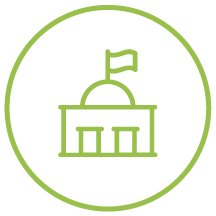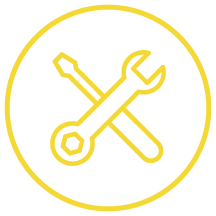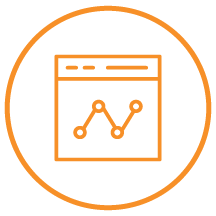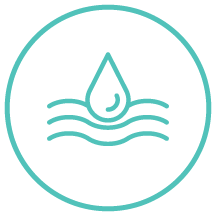Ecuador
Agenda for Change members working on systems approaches
Please note this is a summary of information. You can learn more on the CARE Ecuador website.
Through the Adaptation to Climate Change for Andean Populations (ACCRE) program (2016-2019), CARE Ecuador sought to facilitate adaptation and resilience to climate change within high altitude communities of the Pichincha province.
Systems strengthening activities
CARE’s ACCRE project included management, conservation, and restoration of the region’s páramos, (mountain grasslands) where over 70% of the nation’s water supply originates. CARE’s district-wide landscape model promoted agroecological practices and the conservation of the paramos. CARE’s hydro-social territorial approach had five main components: ensure responsible production processes based on agroecology; development local regulation for the conservation of ecosystems that provide water services; delineation of the agricultural boundary; conservation and restoration of paramos and recharge areas; the inclusion of women as central actors of change.
As part of the project, CARE Ecuador worked with juntas (WASH committees), and through these committees, farmers have been able to make community action plans to adapt to changes in climate—and specifically, differences in quantity and quality of water available at traditional sources. CARE also worked with local government and public utilities to negotiate the creation of a revolving water fund at the municipal level and worked specifically with the often marginalized Andean populations in rural communities to reduce negative impacts of climate variability locally.
Other partners
Local Governments
District governments
All others
Local WASH committees
Accomplishments
- A diverse set of actors coming together on the ACCRE project helped to contribute to the efficiency and effectiveness of the project overall.
- During an intermediate evaluation of the project, ACCRE had reached 556 direct beneficiaries and 25,500 indirect beneficiaries.
Challenges
- The Juntas, however, did not have sufficient resources (personnel and time) to monitor and collect data on water sources used exclusively for the dry season.
- However, over-cultivation and unsustainable agriculture practices, in tandem with climate change and longer dry seasons, have affected the paramo’s ecological health and its water holding capacity.
How strong are the systems?
To determine how well systems are working, we rely on data derived from Building Blocks, which are manageable ‘sub-systems’ that can be supported and strengthened. Certain building blocks may be more strongly developed or applied at district or national level. Interactions between building blocks are essential.
National level
Building Block
Water
Sanitation
Hygiene

Institutional Arrangements & Coordination

Service Delivery Infrastructure

Monitoring

Planning

Finance

Regulation & Accountability

Water Resource Management

Learning & Adaptation
Resources
Systems Library
Please note this is a summary of available resources. You can learn more on the CARE Ecuador website.
National
Local
National


PDF Download
Evaluación Intermedia: Adaptación al cambio climático de poblaciones Andinas mediante el manejo, conservación, y restauración de páramos
Local



